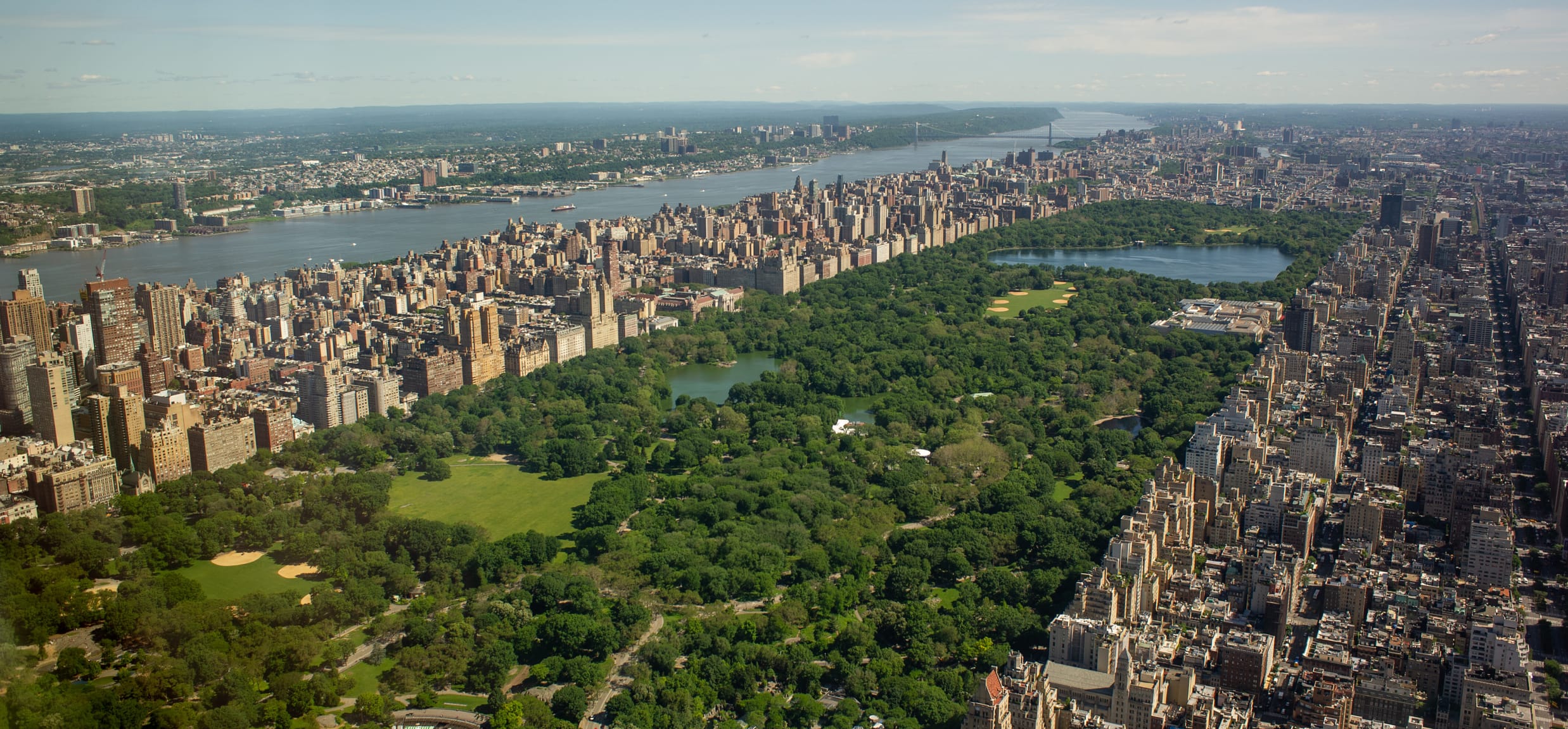Olmsted 200

Often referred to as the “Father of Landscape Architecture,” Frederick Law Olmsted—alongside Calvert Vaux—designed Central Park in the 1850s to be a democratic greenspace in a growing metropolis. That “sense of enlarged freedom” he weaved into his plans can still be felt today through the Park’s rolling lawns, peaceful water bodies, and lush woodlands that offer the weary New Yorker an opportunity to recharge.
Frederick Law Olmsted’s bold idea to create democratic access to shared greenspaces launched a movement for public parks, and his profound influence on the landscapes we love can be seen and experienced around the globe. As we celebrate the bicentennial of this visionary’s birth, we also examine the simultaneous challenge of designing, building, and maintaining truly democratic spaces in a world still plagued by inequities.
From Olmsted and Vaux’s landmark “Greensward Plan,” the vision for Central Park was brought to fruition. For nearly a century this bucolic space was a boon to the physical and mental health of the City, but by the 1960s, it had fallen into extreme disrepair. To revive Olmsted’s original intention of a true "peoples’ park,” the space needed a new caretaker. In 1980, the Central Park Conservancy formed to do just that, and work toward a well-maintained, thriving ecosystem to be enjoyed by all.
Explore our resources below to learn more about Olmsted’s international legacy, the implications of public greenspaces on public health, and the pre-Park history of Seneca Village, a community of predominately African-American homeowners that was displaced through the process of eminent domain when the City acquired the land for Central Park.
CELEBRATE OLMSTED’S VISION WITH A TOUR
Join our Conservancy experts for tours that spotlight Olmsted's historic designs through a modern lens.
LEARN MORE ABOUT OLMSTED’S VISION
Learn about Frederick Law Olmsted through the following resources compiled by the Central Park Conservancy.

Find an Event Near You
Olmsted 200 has an array of activities designed to introduce you to Frederick Law Olmsted and the importance of his work and ideas.







